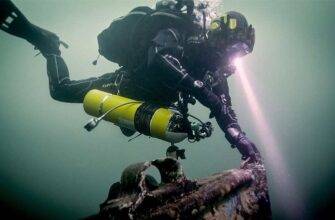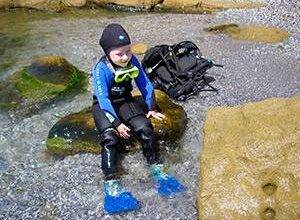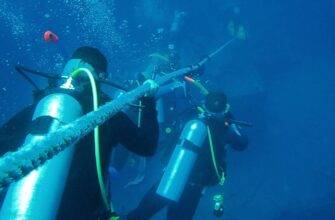The chemical composition of water is another major factor influencing marine life. Scientists believe that seawater was formed over millions of years by mixing particles from the atmosphere, rocks, and soil with rainwater.
One of the reasons why fresh water is fresh water is because it accumulates on land from atmospheric precipitation (almost pure water). Except in some regions, this water just hasn’t had time (on a geologic scale) to become salty.
Dissolved substances make up about 3.5% of seawater. The other 96.5% is distilled water. Traces of all substances found in nature can be found in the world’s oceans. In general, they can be divided into three broad categories: inorganic substances (commonly referred to as salts and biogens), dissolved gases, and organic substances (usually originating from living organisms).
In recent years, another category of substances has emerged: synthetic organic components such as DDT and other pollutants that can have devastating effects on marine life communities.
The term salinity refers to the amount of sodium chloride (NaCl), potassium chloride (KC1), and other saltsdissolved in water. Salinity refers to the total amount or concentration of all dissolved inorganic solids or, more specifically, ions. It includes sodium chloride and other substances commonly referred to as dissolved salts.
Read More:




